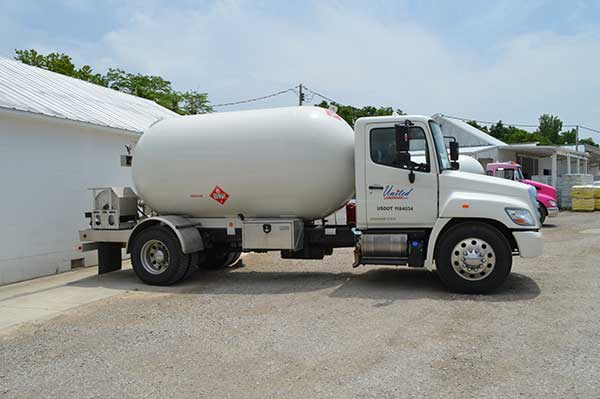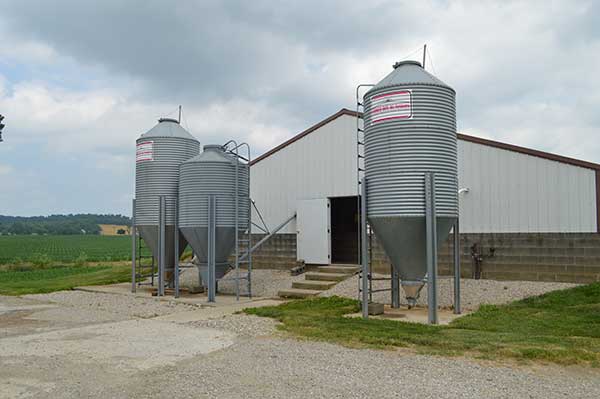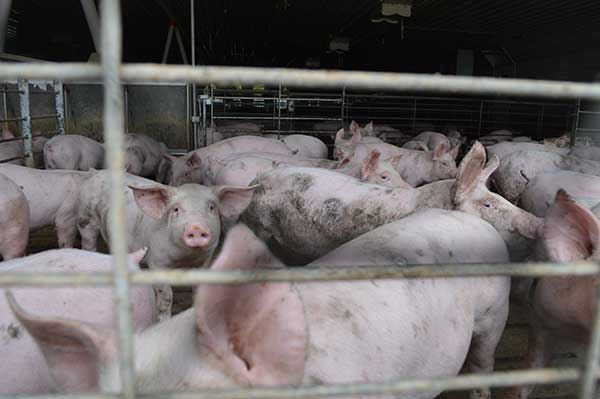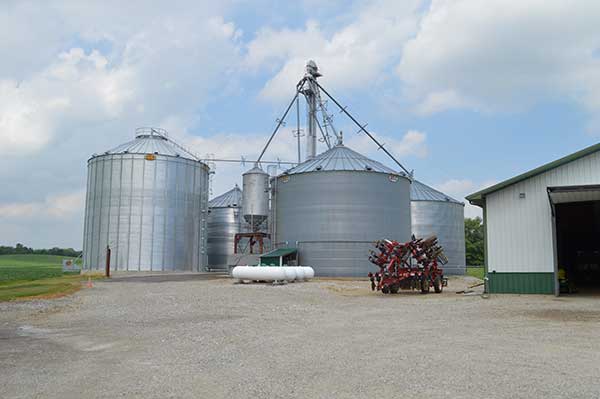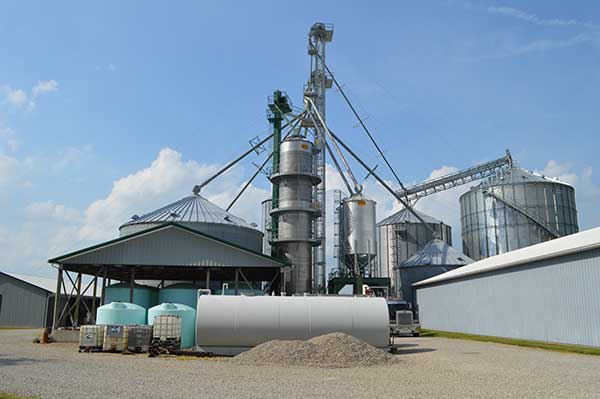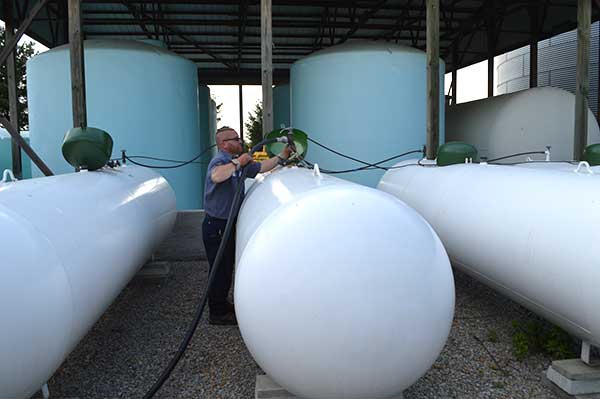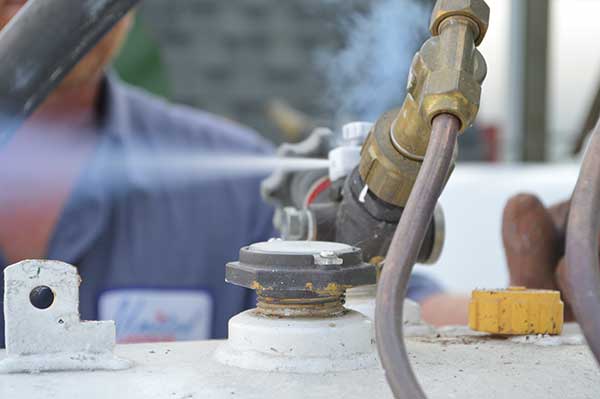Farmers emphasize importance of using propane to power barns, grain-drying machines
- Photos and videos by Allison Barwacz
- Photos and videos by Allison Barwacz
- Photos and videos by Allison Barwacz
- Photos and videos by Allison Barwacz
- Photos and videos by Allison Barwacz
- Photos and videos by Allison Barwacz
- Photos and videos by Allison Barwacz
![]() It’s not uncommon to see a propane tank nestled in the grass of a 5-acre plot, settled next to a rural home. In fact, propane tanks are scattered near many homes and on farms located throughout central Ohio.
It’s not uncommon to see a propane tank nestled in the grass of a 5-acre plot, settled next to a rural home. In fact, propane tanks are scattered near many homes and on farms located throughout central Ohio.
According to the Propane Education & Research Council (PERC), nearly 830,000 farms in the United States use propane for its lower costs, fewer emissions, newer technology, site flexibility and abundant supply.
Theresa Strickler, who co-owns Strickler Farms in Amanda, Ohio, with her husband Neil, uses about 35,000 gallons of propane annually at their grain and livestock farm. Propane is critical for maintaining a constant temperature in their hog barns.
“On the swine end, we have to keep the buildings climatically controlled, so when we first receive the pigs at 2.5 to 3 weeks old, they [the barns] have to be at about 82 degrees,” Strickler says. “When we finish them, they’re [the barns] at about 65 degrees. It has to be a constant temperature with no fluctuations, so it’s a constant pull for propane year-round.”
Using propane supplied by Lancaster, Ohio-based United Landmark Propane, the Stricklers house about 9,000 hogs at a time.
Keeping hog barns at a constant, warm temperature isn’t propane’s only use on a farm.
Sometimes it’s the only viable option for farm owners. Natural gas lines are about three miles from Kilbarger Farm, so manager Ryan Kilbarger relies heavily on propane to dry his crops.
“Our biggest use [for propane] is our grain dryer,” Kilbarger, co-owner of Kilbarger Bros., based in Thornville, Ohio, says. “It can dry 1,800 bushels an hour at five-point removal, and that uses a lot of propane. Our secondary use is heating of the shop and the house.”
Grain dryers are among some of the newer farming equipment using propane, among irrigation engines, building and water heating, flame weed control, mowers, trucks and other vehicles, and standby generators, PERC says. In 2015, more than 80 percent of grain dryers ran on propane, PERC adds.
(in thousands of gallons; data from the American Petroleum Institute’s 2014 Natural Gas Liquids and Liquified Refinery Gases report)
Kilbarger is a third generation family member working on the farm, which is currently co-owned by his father, Roger, and uncle, Paul. The farm spans about 20 miles and uses just under 20,000 gallons of propane per year.
“It’s readily available, and it’s our most economical choice for our location,” Kilbarger adds.
At Lazy “P” Farms, in Amanda, Ohio, propane is used to dry corn and soybeans. Using propane to power its grain-drying machine, the farm produces about 250,000 bushels of corn per year.
Lazy “P” Farms uses about 20,000 to 30,000 gallons of propane annually, says Billy Pontius, owner of the farm. This varies, though, depending on the seasons, the moisture in the crop and the type of crop.
“We set the burners, which is where our propane is going into, according to the temperature outside, because if it’s warmer outside, it takes less propane [to dry the crops],” Pontius says. “But then the wetter the corn you’ve got, it takes more propane. And different varieties of corn will dry harder than other varieties of corn.”
Lazy “P” Farms uses a more progressive approach in its grain-drying process. Pontius uses a GSI Vision digital system to control the amount of propane used to dry his crops.
This is a pattern Joe Hupp, Lancaster route manager for United Landmark Propane, has noticed in younger generations of farmers.
“The younger generations use a lot more technology than the older [generations],” Hupp says. “We have growers checking their dryers while they’re on their combines on their cell phones. Older generations wouldn’t even think about doing that.”
Because natural gas isn’t available for him, Pontius also uses propane to power his shop, his home and his mother’s home.
“Everything’s tied together,” he says.
Photos and videos by Allison Barwacz








